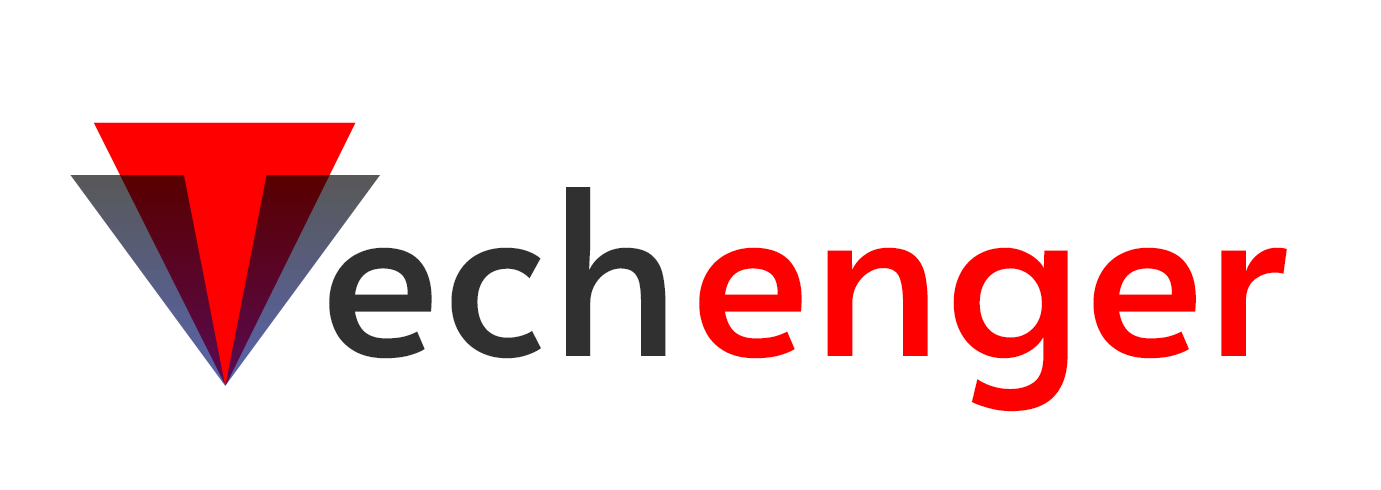Struggling to create content that speaks both for users and search engines? Don’t worry, here you will get to know effective tips to create SEO-friendly and engaging content.
In the previous half-century, SEO has developed quite a bit. The time when you could put out massive amounts of weak, low-quality content on your site and see an increase in traffic and search engine ranks is over.
In these times, if you want to rank high on search engine results page, then your content should be good for both users and search engines.
By good content, we meant optimized content though, many webmasters and bloggers think SEO-optimized content is not what we call ‘user-friendly’ content well, that’s rubbish!
SEO-optimized content is engaging, high-quality, accurate and these are the factors that increase the chances of content reaching a higher ranking.
SEO today is much like an umbrella, there are many factors that you must cover to create SEO-optimized content but, don’t know where to start?
In this article, we will discuss the 7 most effective tips to create engaging and SEO-friendly content. If you learn and practice them accurately, you can mark your spot at the high SERPs.
So, let’s get started!
Table of Contents
7 Constructive Tips for Engaging and SEO-friendly Content Creation
Here are the best tips for writing engaging and seo-friendly content.
Create Well-Structured Content
Always keeping up with the latest updates in search engine algorithms is not likely possible, right?
But with this tip, you can even turn average-quality content into a good one. Want to know how?
Well-structured content is always appreciated by both users and search engines so, make this your habit to always create and upload contents that follow a solid structure.
Now, you must be wondering how to work on the structure of your content. It’s pretty simple!
Start with deciding the main part of your content after that split your content into several parts like:
- Introduction
- Main body
- Conclusion
Make sure whatever you discuss in these parts of your content must be informative, accurate, and unique.
Otherwise even following a good structure might not save you from penalization, you can take assistance from a plagiarism checker free to check your content for uniqueness also, it is a good practice to always check for plagiarism in your content before uploading it.
This way you will not just end up writing well-structured content but, following a solid structure will help you write content more easily.
Also, many bloggers and writers do not bother adding a conclusion at the end of each post, this is not a good practice.
The conclusion is as important as the introduction of your post, so make sure your conclusion is as catchy as your introduction.
Remember, readers love to read content that is in the proper order. So, if you want to engage your audience, you need to work on the structure of your content.
Do a Proper Keyword Research
Keywords play a vital role in making any content SEO-friendly therefore, you should always start by carrying out good keyword research.
Keywords are what users enter into a search engine when they are looking for information about anything like ‘5 Best Samsung Smartphones.’
Now, this is what we call a keyword.
Dominating search engine results and pleasing your intended audience both require you to choose the appropriate keywords, which is possible only if you do good keyword research.
Keywords are important because they are as much about your target audience as they are about you. Refining your keywords can help you Maximize Organic Traffic with SEO techniques and reach a broader target audience. If you want to create engaging content for your audience then you first have to understand their needs, and keywords can act as guidelines for what sort of things you should be creating.
It’s important to use both long-tail and short-tail keywords. While both are versatile and can be used independently or in combination, they are intended for different purposes and provide varying outcomes depending on which is prioritized.
Pay attention to long-tail keywords. Despite their modest search volume, they provide a good opportunity to rank well in search engine results pages (SERPs). Depending on your industry, it may be worth looking for external assistance with this step. For instance, anyone in the adult field could use an SEO Agency as they will understand which keywords are acceptable and which will pass the most value. This is a critical factor for anyone trying to master long-tail keywords.
Longer keyword phrases are frequently used by those seeking more specific details, so, why not target what users are more interested in?
Create Descriptive and Catchy Titles
Do you want readers to dive straight into your article? If yes then you need to write descriptive and catchy titles in your content.
Because titles are vital to influencing your SEO and they are also important in making content engaging and user-friendly as titles help users understand what the content is about.
If the titles are not descriptive enough, your posts might not catch readers’ eyes and search engine crawlers which results in a low ranking.
To make your titles descriptive, make sure they do not exceed from 60 characters because a search engine uses the first 60 characters of your post’s title to show in SERPs.
Another important thing that you must focus on while writing titles is that they must be search engine optimized. The title of your post must contain your target keyword for better search results.
Write Concise Paragraphs
No one like to read lengthy, plain, and boring content, so don’t waste your time writing lengthy and complex paragraphs.
Write concise and simple paragraphs for a better understanding, this is an important factor in creating engaging and SEO-friendly content.
Also, the paragraphs in your article do not have to be all text in the form of sentences engine in a line or two, if you really want to engage readers, use bullets and different formatting in your paragraphs.
Writing concise and engaging content will even help mobile readers to read your content to the end which will eventually result in a good ranking.
Write Optimized Meta Descriptions
Google will use the meta description to display a brief explanation of your page’s content under the title in search engine results.
If you want people to read your blog post, you need to make the meta descriptions interesting and useful. You should add your keywords in the meta description and use them to describe the content of your post. Whilst this should be self explanatory, often this can escape you when you’re adding new content to your site. Reading helpful articles such as this one by wirtschaftforum can offer keener insight into why Google takes preference in this way. By knowing how the systems work by which you must abide, you’ll likely have a better time adhering to the rules of the algorithms at play.
There should be no more than 160 characters in the meta description. Many bloggers get confused because search engines do not always display the meta description you add to your content.
That’s because they do not add their target keyword in the meta description, so if you want Google to show your labored meta description, make sure you optimize it.
Work on Optimal Content Length
Content length is another concerning point in creating engaging and SEO-friendly content but always remember quality is more valuable than quantity.
Writers and bloggers often get confused about the optimal content length for their blog posts and articles, so here you have the answer.
Between 300 to 500 words are ideal for a standard blog post. This is because social media likes and shares are a good indicator of how popular content is, and Google rewards longer content for this reason.
So, longer posts have a larger chance of being found in a search.
The sweet spot for content length is somewhere around 2,000 words. However, you shouldn’t make it your primary objective to produce exactly 2000 words.
If you want to know what your readers’ search intentions are, you need to give them the most helpful and informative material possible.
Check out the most popular articles on your site to know how page views are distributed across different lengths of content.
Don’t Forget to Update Your Content Frequently
It’s not hard to figure out that updating content regularly helps with SEO-friendly content production.
When you improve the quality of your content through updates, search engines will start sending you more visitors that is because your content is engaging.
You still need to consistently provide new blog posts and other content updates to your site, even if your content is highly engaging and effective.
Google does this because it genuinely cares about the quality of the results it returns to users. Therefore, if you don’t update your blog frequently, Google won’t rank it highly.
Aim for at least once a week, and ideally twice. Wait until your readers have had a chance to digest your new content before responding to their feedback.
Wrap Up
To put it briefly, we know that creating engaging and SEO-friendly content is not simple and fast, it takes a lot of time and effort to produce such content.
But it is not difficult with some great tips and that is what we provided in this post. In the above sections, we discussed the 7 most effective tips for all struggling writers that will help them with engaging and SEO-friendly content creation.
So, if you need any help with your content, make sure you read the tips. Thank you!




